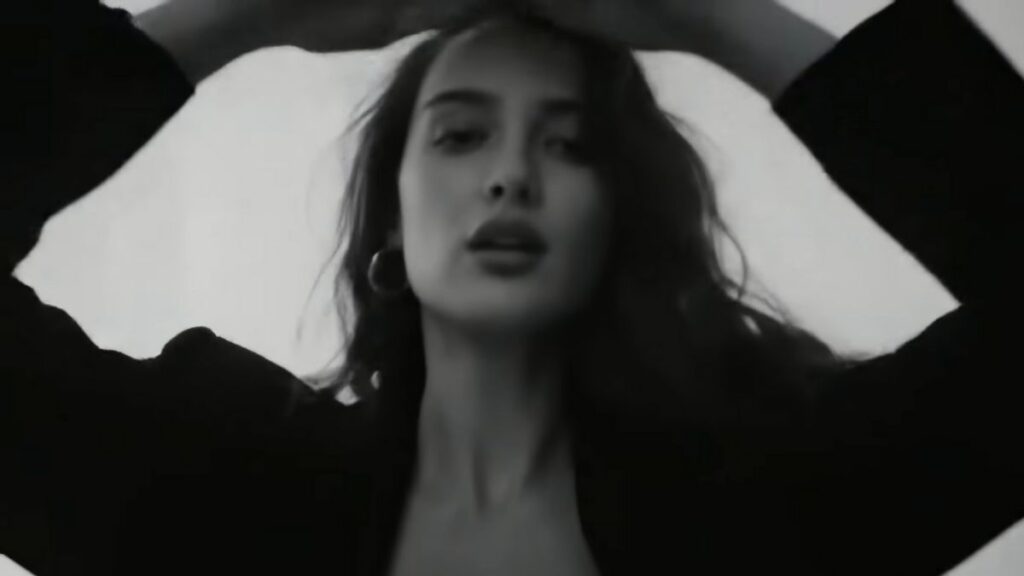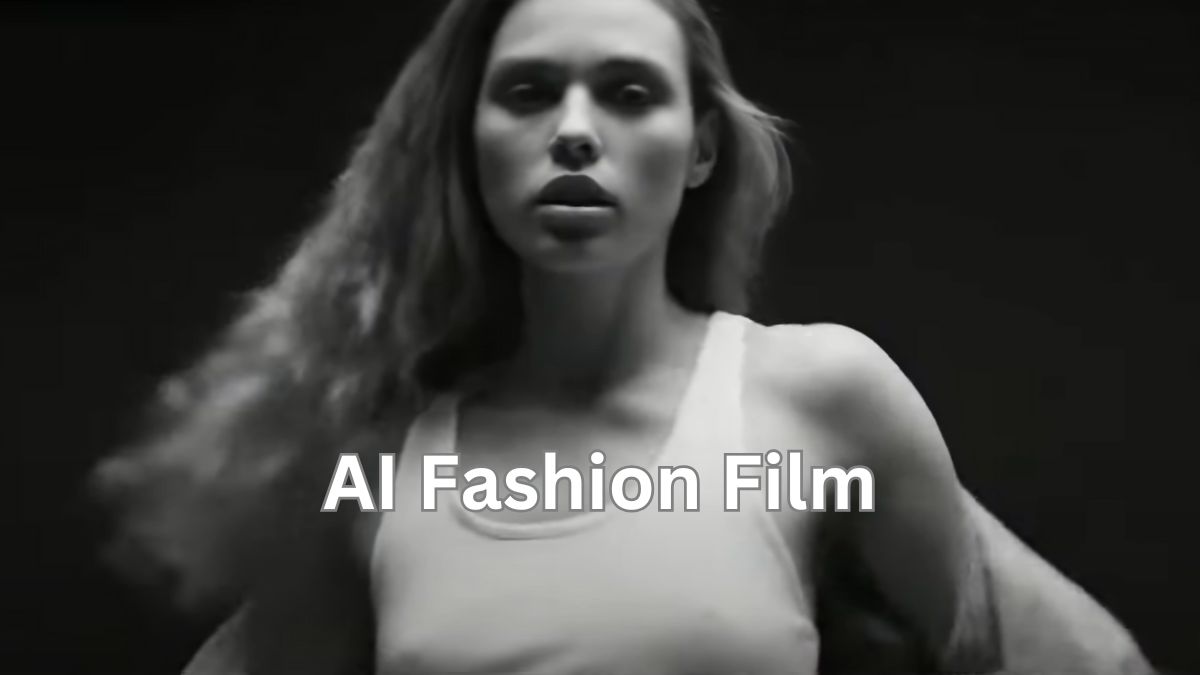A New Era for Fashion Films
Jesus Plaza, a filmmaker with years of experience in fashion films, set out to test Google Veo 2. Instead of hiring models, booking studios, or managing a crew, he typed text prompts. The result? A fashion film that looks like it came from a high-end production house.
Traditional fashion films take weeks or months to plan and shoot. They need models, makeup artists, stylists, and expensive gear. AI bypasses all of that. No need for travel. No need to book locations. The film exists because of a vision and a few words.
This shift changes how fashion films come to life. In the past, a filmmaker had to work within tight budgets, location restrictions, and unpredictable schedules. AI removes these barriers. It allows creative minds to focus solely on the art itself rather than logistics.
Breaking Old Limits
Fashion films thrive on movement, expression, and flow. That’s why many AI video tools struggle. They create static, awkward figures. Veo 2 handled these challenges better. The human physics looked natural. The model’s hair moved in a way that caught viewers’ attention. One viewer even pointed out that the motion defied logic but worked artistically.
This approach removes limits that once held back many creators. No big budget? No problem. No access to top models? AI can create them. Instead of spending time on logistics, filmmakers can focus on ideas.
Imagine a filmmaker in a small town with no access to a professional studio. They can now describe a setting, and AI can generate a scene that looks as if it was shot on location in Paris or Milan. The need for expensive equipment disappears. A simple text input brings visuals to life.
How Veo 2 Made It Happen
Plaza didn’t film a real model. He didn’t use photos to animate. He wrote prompts. The AI handled the rest. Some viewers wondered if Veo 2 also made the music. It didn’t. Another tool did. But the video itself came straight from text.
This wasn’t just an experiment. The film proves that AI can craft visuals that feel real. In many AI films, people look off, with strange hands or awkward motion. Veo 2 minimized these flaws. One viewer called it the best AI film they had seen because it didn’t dodge the challenge of human continuity.
Fashion films rely on flawless execution. Every movement must appear intentional. AI filmmaking has struggled with this because it often generates odd poses or distorted figures. Veo 2’s ability to maintain realistic human motion sets it apart.
The AI also helps with style consistency. Traditional filming relies on keeping lighting, camera angles, and wardrobe the same across shots. AI-generated video often struggles to maintain this, but Veo 2 holds a steady visual tone, making it more effective for storytelling.

The Reaction Speaks Volumes
Some viewers called it unbelievable. Others said it reached production quality. One compared it to catching lightning in a bottle. A few saw it as proof that AI will change the film world forever. Not all reactions were positive. One viewer warned that this kind of tech could put jobs at risk. That concern is real. Now, anyone with an idea can create what once took teams and months to make.
People who work in traditional production are watching closely. Some embrace the possibilities, while others worry about what this means for their careers. The film industry has always adapted to new tools, from digital cameras to CGI. AI presents another shift, one that challenges the need for large teams.
One of the biggest surprises in the reaction was how viewers appreciated the AI’s imperfections. Rather than rejecting them, they saw the odd movements and unpredictable elements as part of the creative process. The hair movement that defied logic became a highlight rather than a flaw.
Some even speculated on the cost of making the film. With traditional methods, creating a high-end fashion film could require tens of thousands of dollars. Veo 2 made it possible with just text inputs. This affordability opens the door for smaller brands and independent creators to compete with major fashion houses.
The Future of Fashion Films
Fashion films thrive on beauty and mood. AI brings a new way to craft them. Instead of scouting the right face, a filmmaker describes it. Instead of hoping for the right lighting, AI renders it. The process takes minutes, not weeks.
Plaza’s film won’t be the last of its kind. This is the start of something new. AI won’t replace creativity. It gives more people the tools to bring ideas to life. The question is: who will take the next step and push this further?
The future of fashion films could shift in two directions. Established brands may use AI to supplement traditional methods, enhancing their visuals with AI-generated scenes. On the other hand, independent creators could fully embrace AI, making films without the constraints of standard production.
Some fashion designers may begin integrating AI-generated video into their marketing, creating visuals that evolve in real time based on trends or customer feedback. Others may use AI to test concepts before investing in full-scale shoots.
There are still hurdles to overcome. AI-generated video is improving, but it’s not flawless. The challenge of perfecting human motion, maintaining consistency, and achieving lifelike facial expressions remains. Yet, each step forward brings AI filmmaking closer to professional-grade quality.
What happens next depends on how filmmakers choose to use these tools. Those willing to experiment will discover new ways to tell stories. Fashion films have always been about pushing boundaries, and AI offers a fresh way to do that.
This moment marks a shift in creative possibilities. The tools are here. The results speak for themselves. The only question is who will be bold enough to take the next leap.
